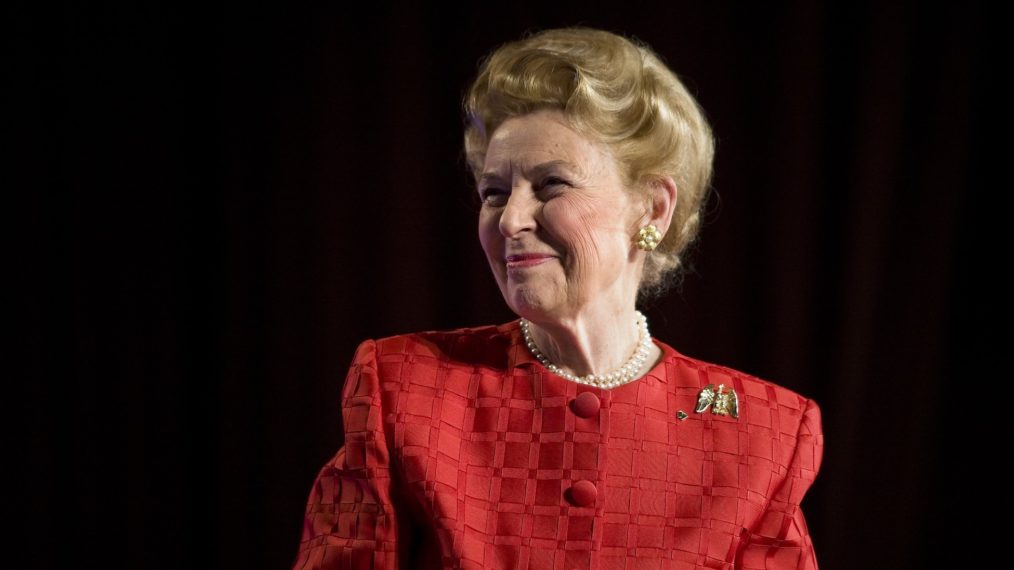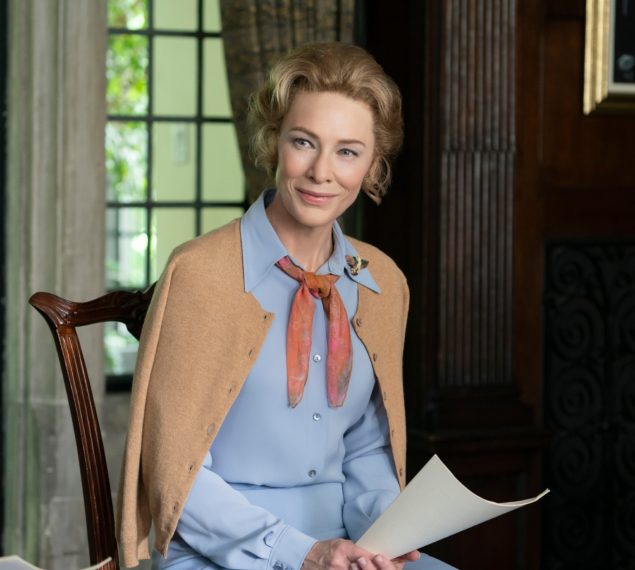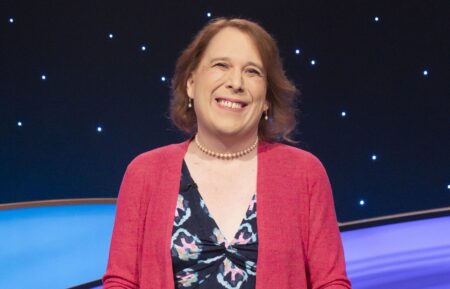Who Was Phyllis Schlafly? Get to Know Cate Blanchett’s ‘Mrs. America’ Character

Cate Blanchett has portrayed real-life figures before — Queen Elizabeth I, Veronica Guerin, and Katharine Hepburn, to name a few — but no one as incendiary as Phyllis Schlafly, the woman she plays in Mrs. America, the new FX on Hulu drama about the fight over the Equal Rights Amendment. Schlafly, who died in 2016 at age 92, devoted her life to promoting conservative gender roles, which influenced her vehement opposition to feminism, abortion, and same-sex marriage.
Born Phyllis McAlpin Stewart in 1924, Schlafly grew up in St. Louis, Missouri, and graduated with a B.A. from Washington University in St. Louis and an M.A. from Radcliffe College. She unsuccessfully ran for Congress in the 24th congressional district of Illinois in 1952 and attended her first Republican National Convention that same year. She supported Republican presidential candidate Barry Goldwater with her self-published 1964 book A Choice Not an Echo, which sold more than three million copies.
After targeting communism in the 1950s and 1960s, Schlafly spent much of the 1970s taking aim at feminism and campaigning against the ERA in particular. The amendment, which would have barred gender-based discrimination in federal and state laws, died in 1982—thanks in no small part to Schlafly mobilizing volunteers who supported her belief that the ERA would take away women’s gender-specific privileges and would lead to same-sex marriage, unisex restrooms, and women in combat. “The ERA was defeated when Schlafly turned it into a war among women over gender roles,” legal scholar Joan C. Williams observed in 2000.
As part of her campaign against the amendment, Schlafly formed an organization called “STOP ERA,” with the “STOP” translating to “Stop Taking Our Privileges.”

Cate Blanchett as Phyllis Schlafly in Mrs. America (FX on Hulu)
Brandy Faulkner, professor at Virginia Tech, said that Schlafly “consistently painted worst-case scenarios which, when juxtaposed with the lives of average white women at that time, led many of them to believe that inequality wasn’t so bad after all.”More than 40 years later, the ERA still hasn’t been passed, and many scholars agree with Williams’ assertion that the firebrand halted its progress.
“Schlafly had discovered a genuine populist sentiment in a large female population that opposed the ERA, feminism and modern liberalism with the same intensity of emotion that feminists brought to their cause,” Arizona State University professor Donald T. Critchlow wrote in 2005.
More simply, conservative writer Richard Viguerie called Schlafly “the first lady of the conservative movement.”
Schlafly died on September 5, 2016, one day before the publication of her final book, The Conservative Case for Trump.
Now, the fight for and against the ERA in the 1970s is dramatized on screen in Mrs. America, with Blanchett sharing the screen with Sarah Paulson, Uzo Aduba, Rose Byrne, and others.
“I was gobsmacked by her ability to inspire and galvanize and mobilize people, through various different tactics — some would call dubious; some might celebrate them,” Blanchett told reporters in January at the Television Critics Association press tour in Pasadena, California. “She was a true alpha and absolutely force of nature.”
Show creator Dahvi Waller agreed: “I call her the original disruptor. She was an incredibly effective grassroots organizer, and she was able to mobilize women. That was her super talent.”
Mrs. America, Wednesdays, FX on Hulu









